|
This fall, many educators will be tasked with building community in their classes without seeing students in person. Developing relationships with students and creating a thriving class culture will look different in the online space, but it’s not impossible! Let’s look at some things educators are considering as we prepare to build class community this school year. Time Given the distance learning setting, many teachers are realizing it will take longer to build community this year. I think that’s completely okay! If we think about the necessary conditions for learning, feeling a sense of belonging and connection is one of the factors that will support student learning throughout the year. It’s valuable in the long-run to take time to develop it early on. I’ve heard many school districts tell teachers the first 1-2 weeks are for community building only. No academic content is to be taught. As you think about your context, consider how long you can spend at the start of the year and also how often you want to intentionally build community as the year progresses. You could even calendar it out. Goals Community building encompasses a lot. I find it helpful to identify my goals for community building and backwards plan activities from those goals. Basically, backwards planning without the academic standards. Some goals I’ve heard teachers share this summer include: providing time for socialization, helping students name emotions and share stress reduction strategies, and learning about student interests and learning preferences. As always, the start of the year, will also involve co-constructing class agreements with students. This year, that may include agreements specific to the online space, such as whether/how students should raise a hand before speaking or if they should just unmute and share when ready. Activities As you plan the specific activities you’ll want to use to engage students in community building, you might consider how you can use these community building activities to introduce and practice the tech tools or protocols students will need to use during the year. Here are some examples that could build community and tech tool/protocol proficiency. Get-to-Know-You Game. At the start of each class, share one statement at a time, and ask students to turn off their video cameras if the statement is NOT true for them. If the statement is true for them, they keep their camera on. This is a great way to help students learn about each other and also become familiar with how to turn on the video camera. Alternatively, if you’re using Zoom and plan to use the annotation feature during the year, you could adapt the activity to practice that skill. You could share a slide with the statement listed and ask students to write their initials (or place a stamp if you want it to be anonymous) if the statement is true for them. Emotion Check-In: Synchronous. You could also use the start of each class to ask students to share how they are feeling in the moment. This helps students name their emotions and gives you a sense of how everyone’s doing. How you ask students to respond will depend on the tools or protocols you want students to practice. You could ask students to type how they are feeling into the chat to practice locating and using the chat feature. This could be a private message sent to just you or a public message sent to the whole class. You could use a protocol like Pass the Mic to practice having a virtual discussion. In this protocol, a student says “I’m passing the mic to ____” after they are done sharing until everyone has had a chance to “hold” the mic. You can offer students an option to say “Pass” just like an in-person circle. Emotion Check-In: Asynchronous. If you want to provide a space for students to check-in throughout the week when you are not seeing them live during class, you could set this up using additional tech tools students will be expected to use during the year. You might want students to practice using the Learning Management System (e.g., Google Classroom, Schoology, Canvas), so you can set up a discussion thread inviting students to type, add an audio note (students can do this by using Vocaroo and pasting the link in the discussion thread), or by asking them to respond using GIFs. (To do this, students would click the button to respond to the discussion thread, then select Add > Link, and then paste the GIF link). You could also ask students to complete a Google Form that asks 1-2 emotional check-in questions. If you will want students to take quizzes with a tool like Google Forms, this is a low-stakes way to practice accessing and submitting a form. Finally, if you’re using another tool like Flipgrid or a blogging site, you could have students post their check-ins using those tools. In the spring, one school in New York had students post to a blog visible to the school community, which enabled students’ former teachers to see how students were doing and reach out to support them as needed. Crowd-Source Resources. You could create a space for students to share resources with the class. You could use a tool like Padlet and set it up with column headings, which you can co-create with students or set ahead of time. For example, you might use categories like “Resources for De-Stressing” or “Things that Made Me Laugh” or “Strategies That Helped Me Learn at Home.” You can also use this as a chance for students to play with the various types of responses you can add to a Padlet. Encourage them to try adding audio or video or a drawing when relevant. Whatever activities you choose, I’d love to hear how it goes! Feel free to share below or in our Time for Teachership Facebook group.
0 Comments
Leave a Reply. |
Details
For transcripts of episodes (and the option to search for terms in transcripts), click here!
Time for Teachership is now a proud member of the...AuthorLindsay Lyons (she/her) is an educational justice coach who works with teachers and school leaders to inspire educational innovation for racial and gender justice, design curricula grounded in student voice, and build capacity for shared leadership. Lindsay taught in NYC public schools, holds a PhD in Leadership and Change, and is the founder of the educational blog and podcast, Time for Teachership. Archives
May 2024
Categories |
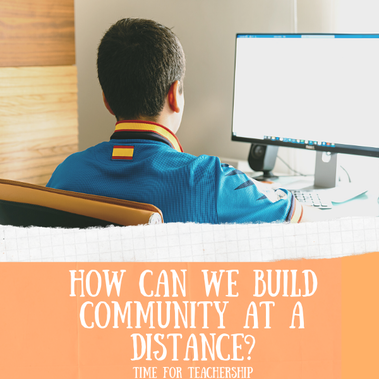
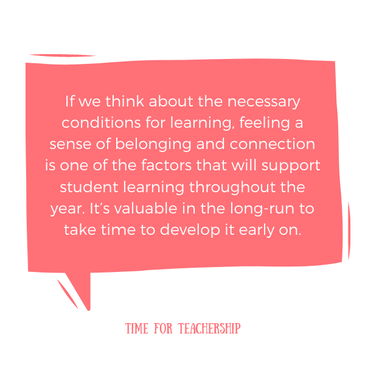
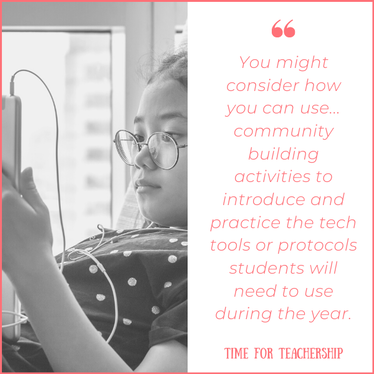
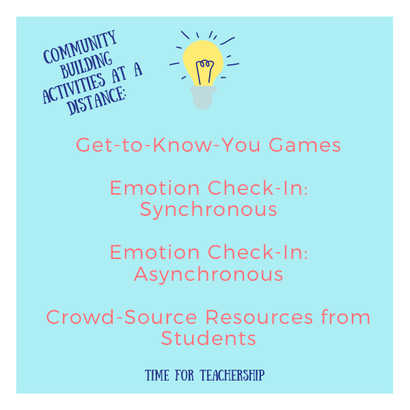
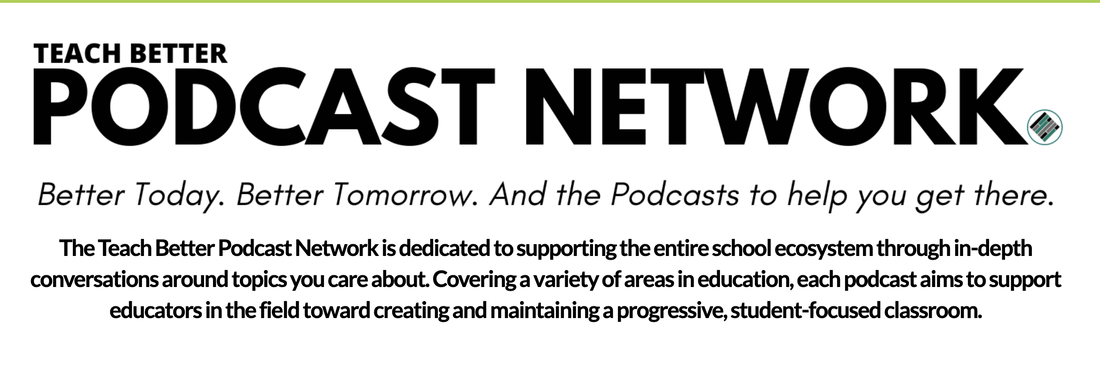
 RSS Feed
RSS Feed